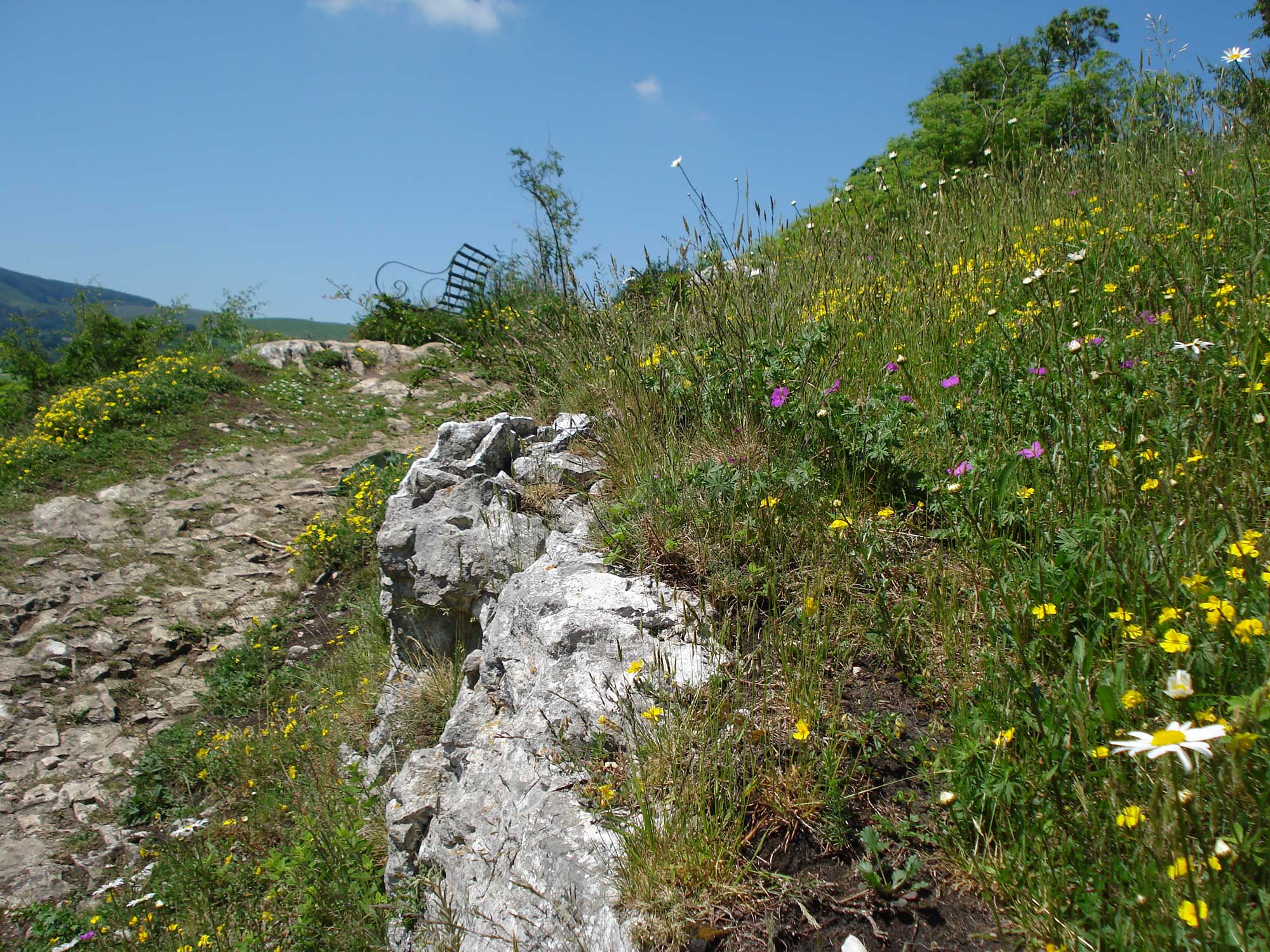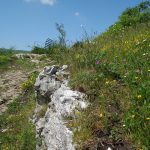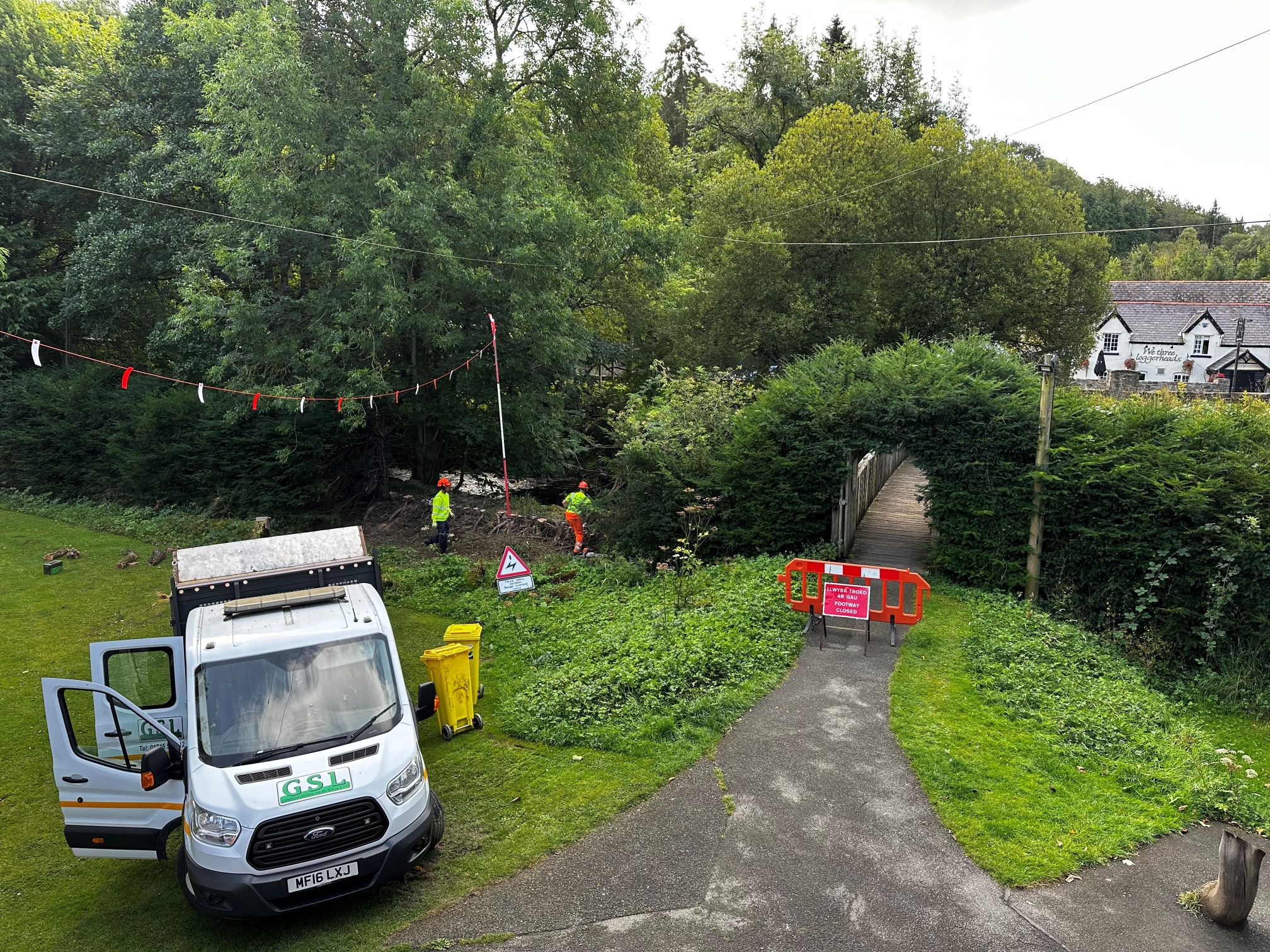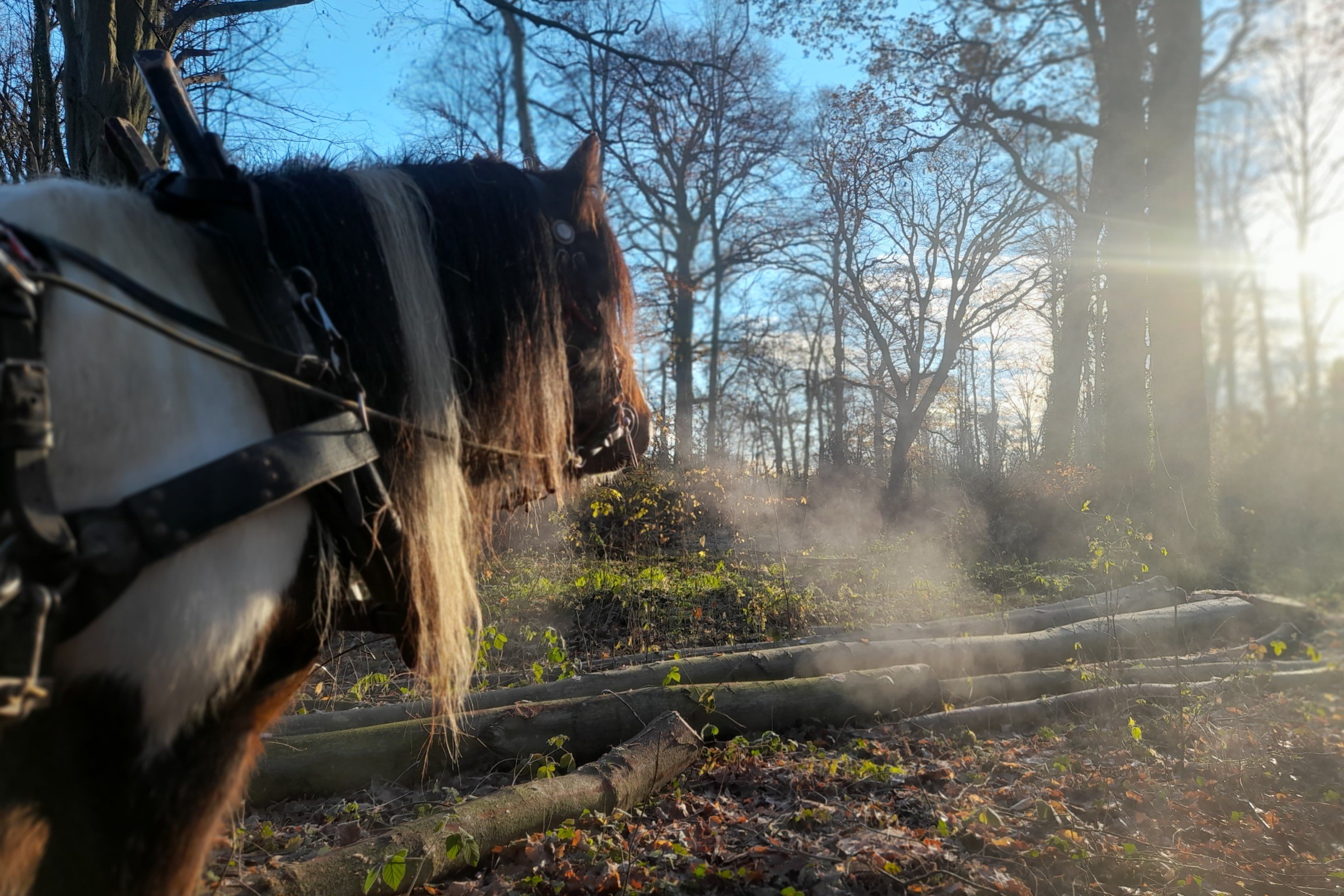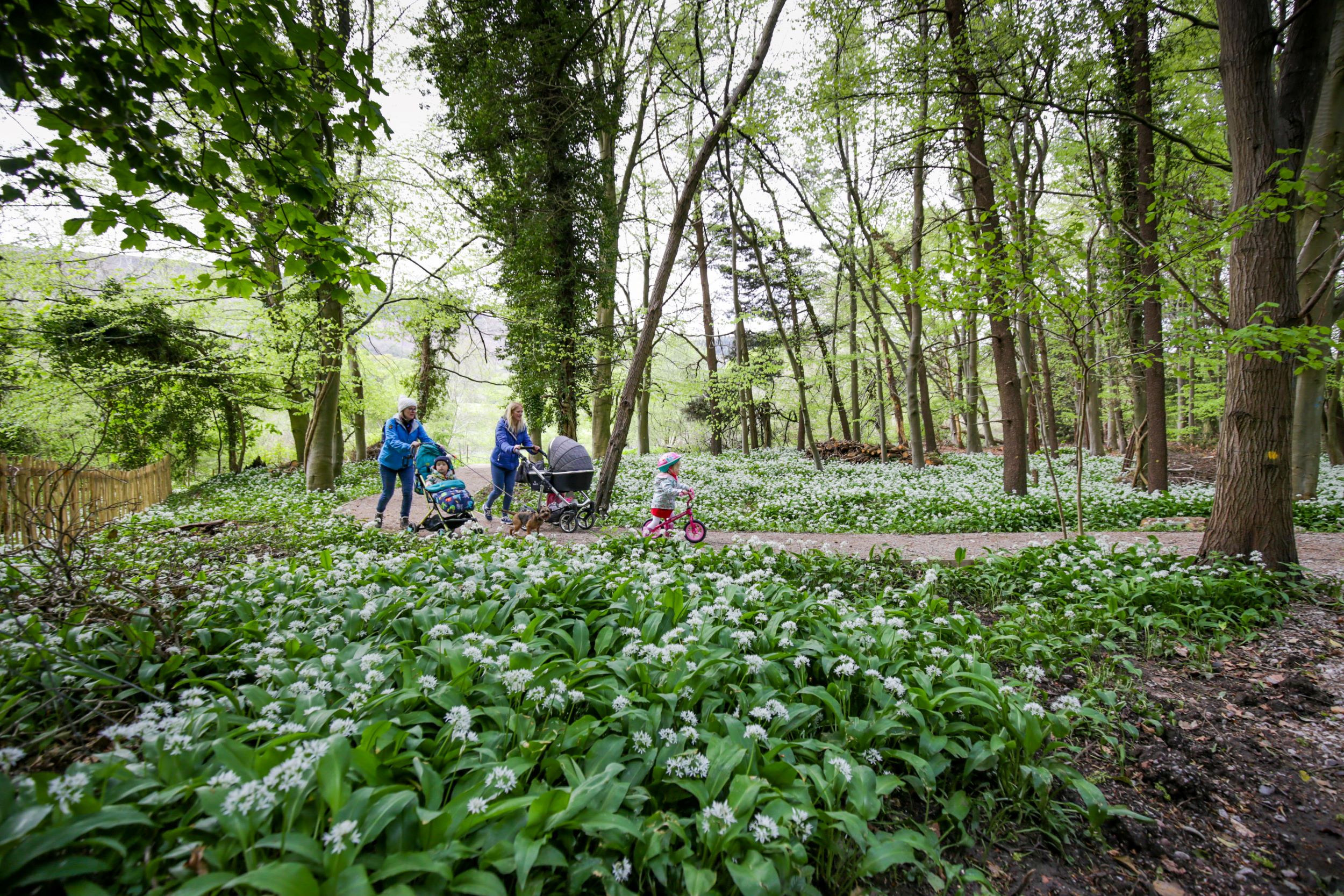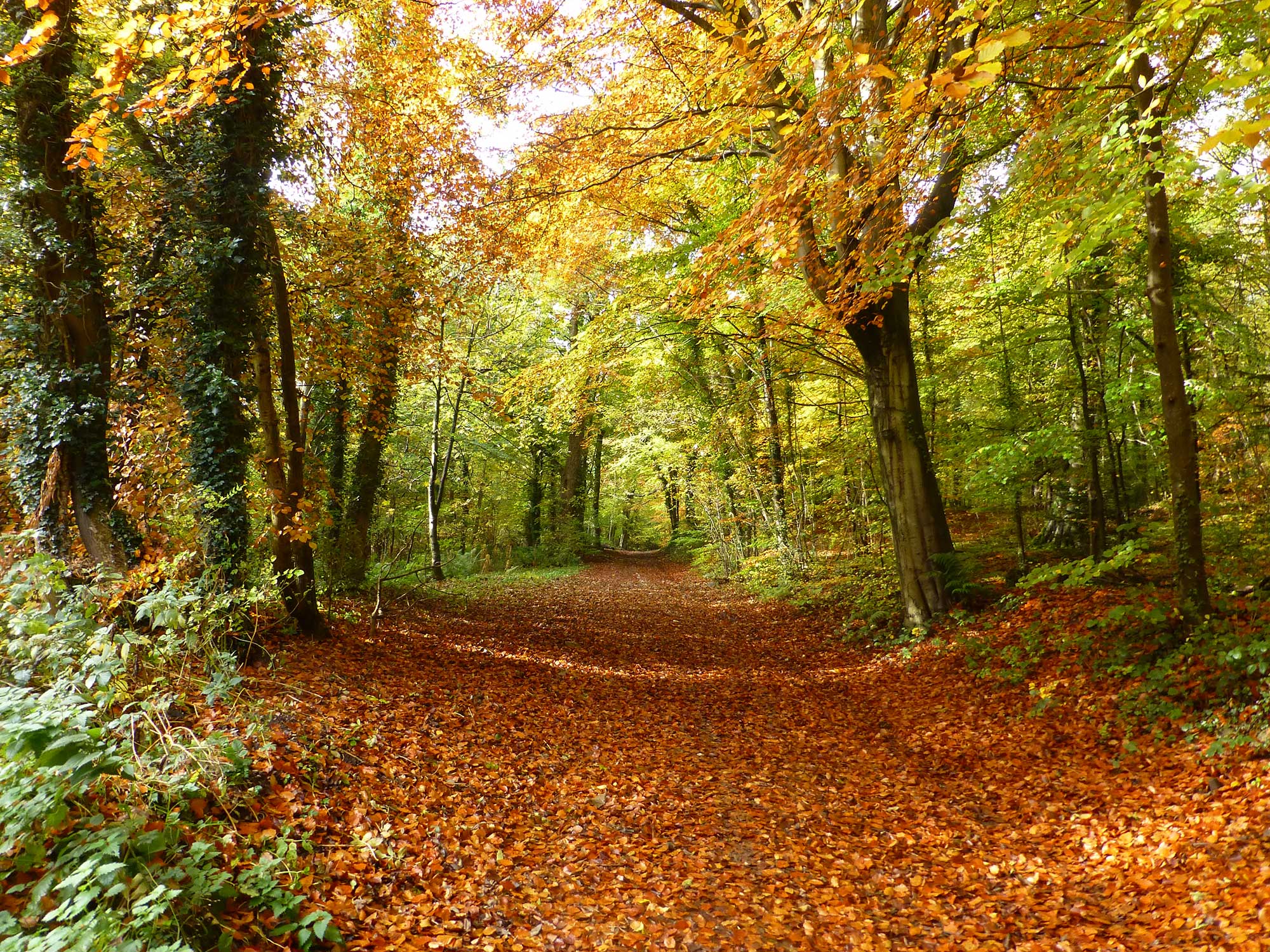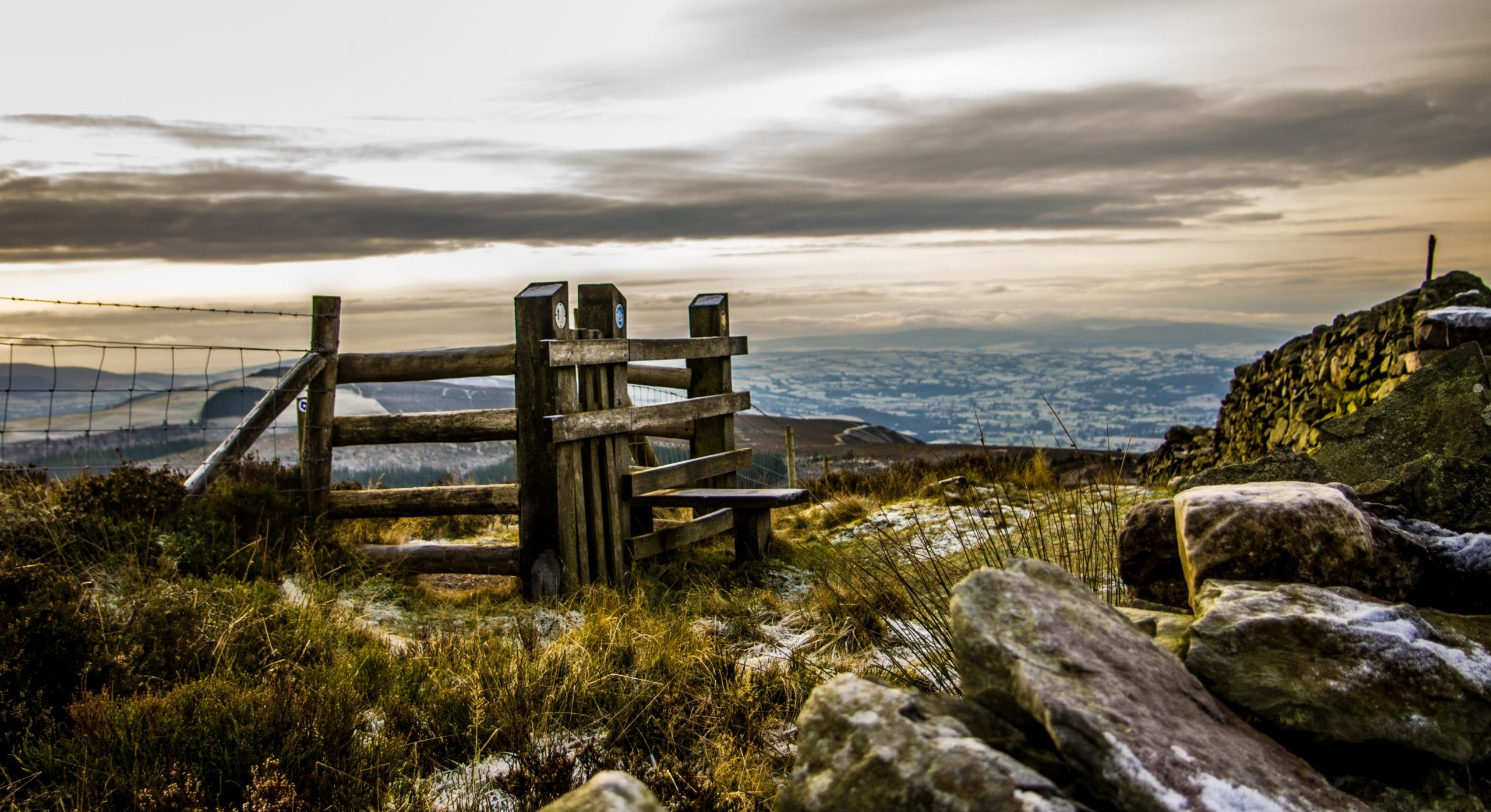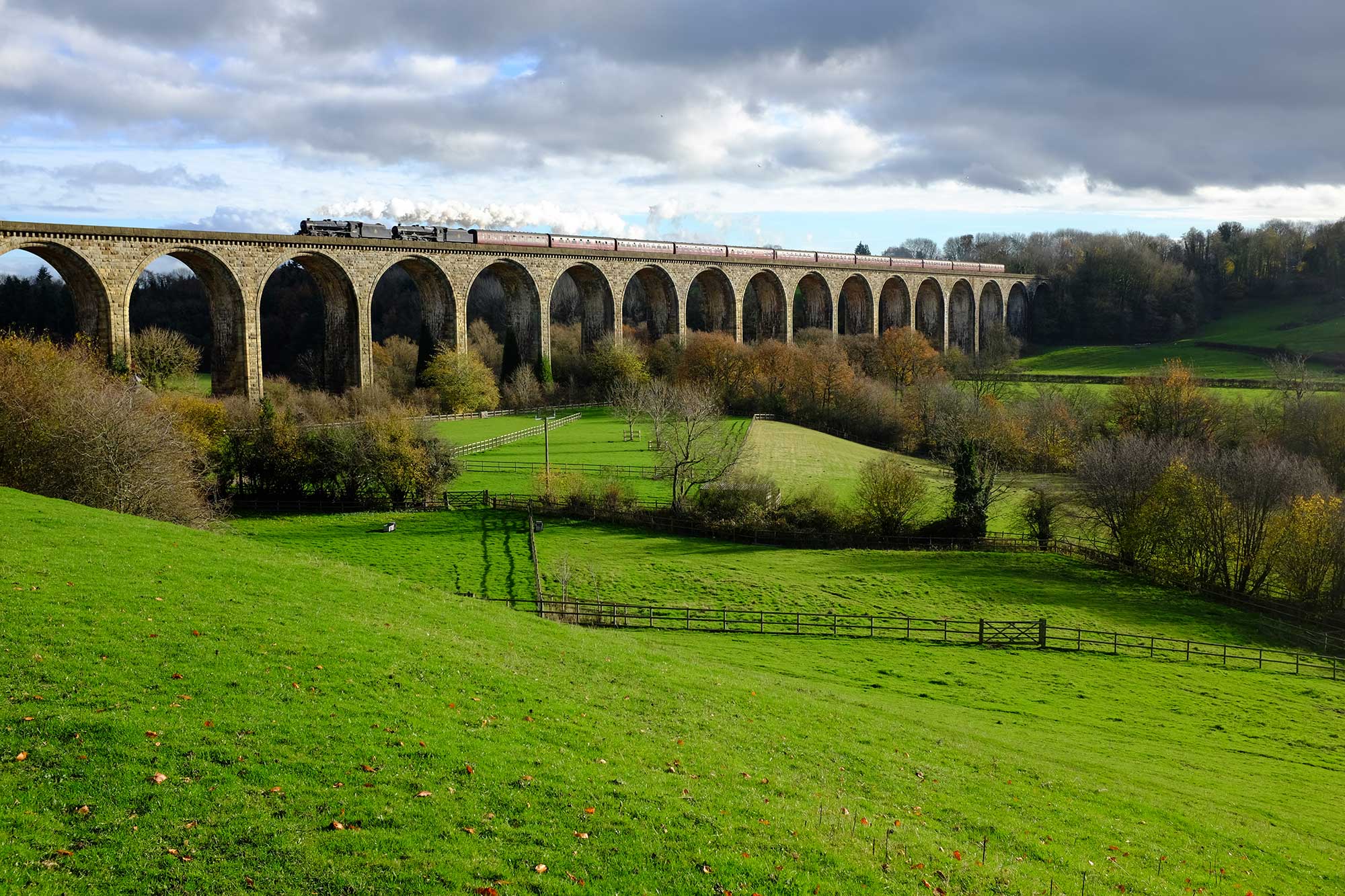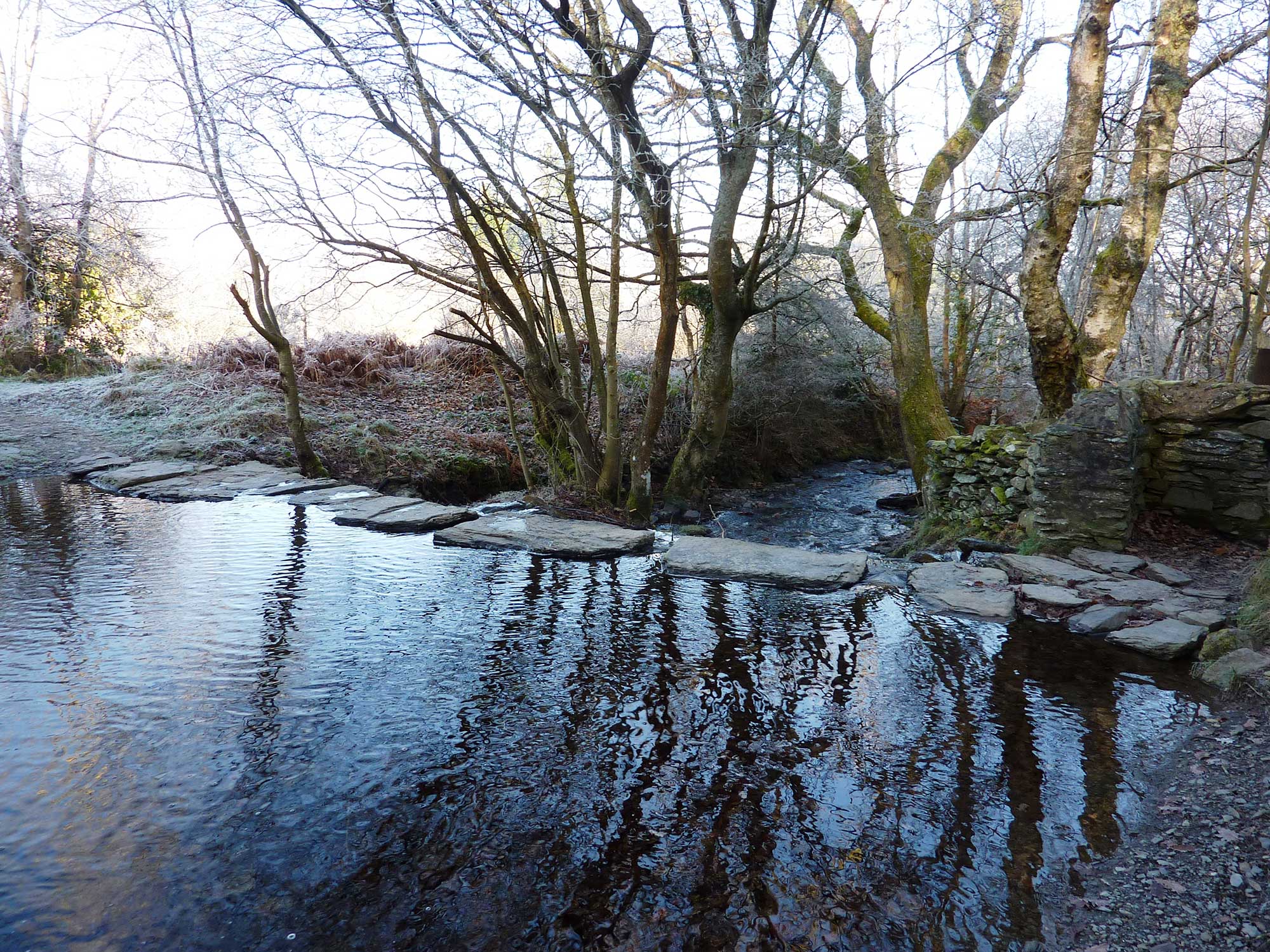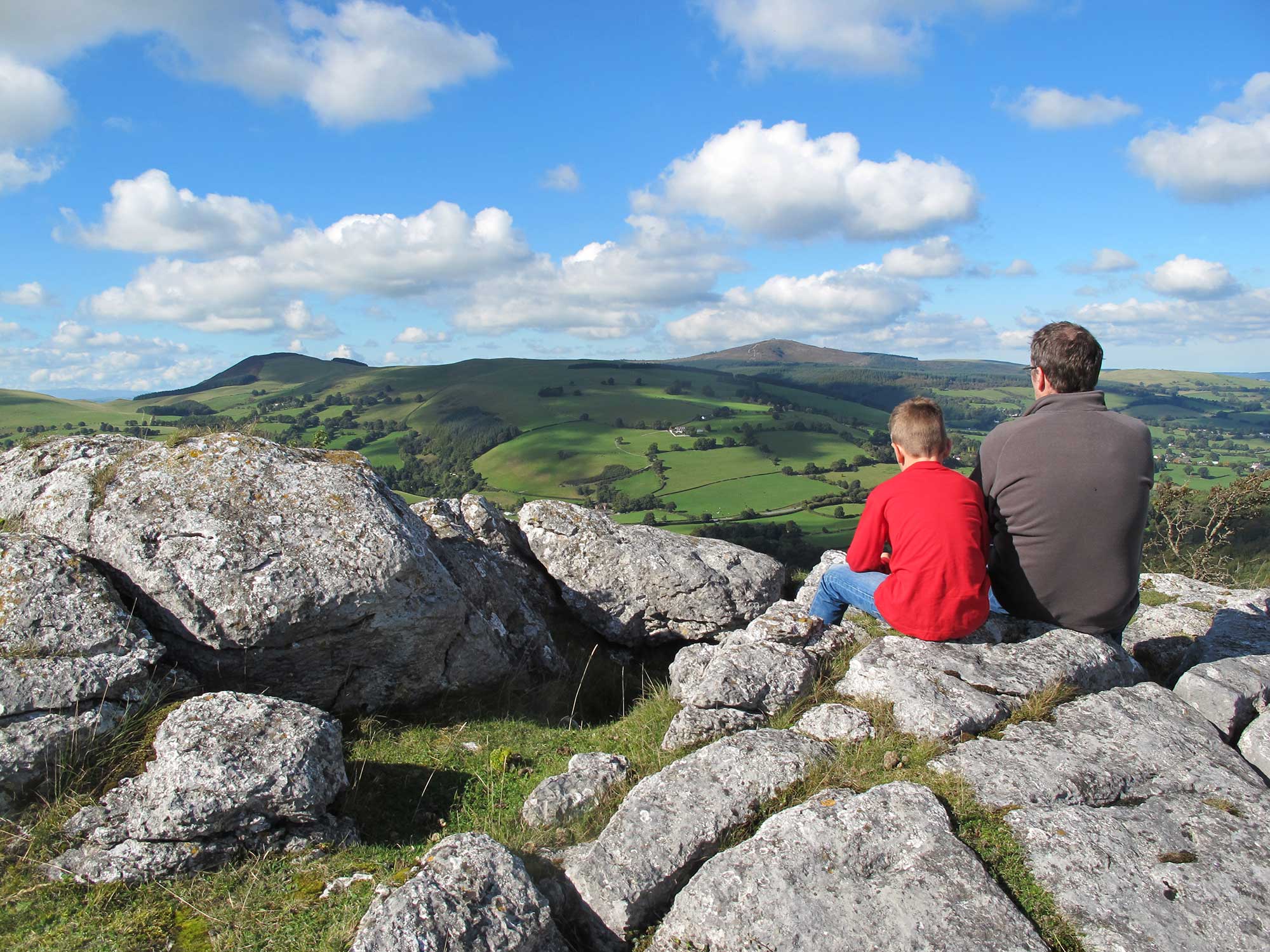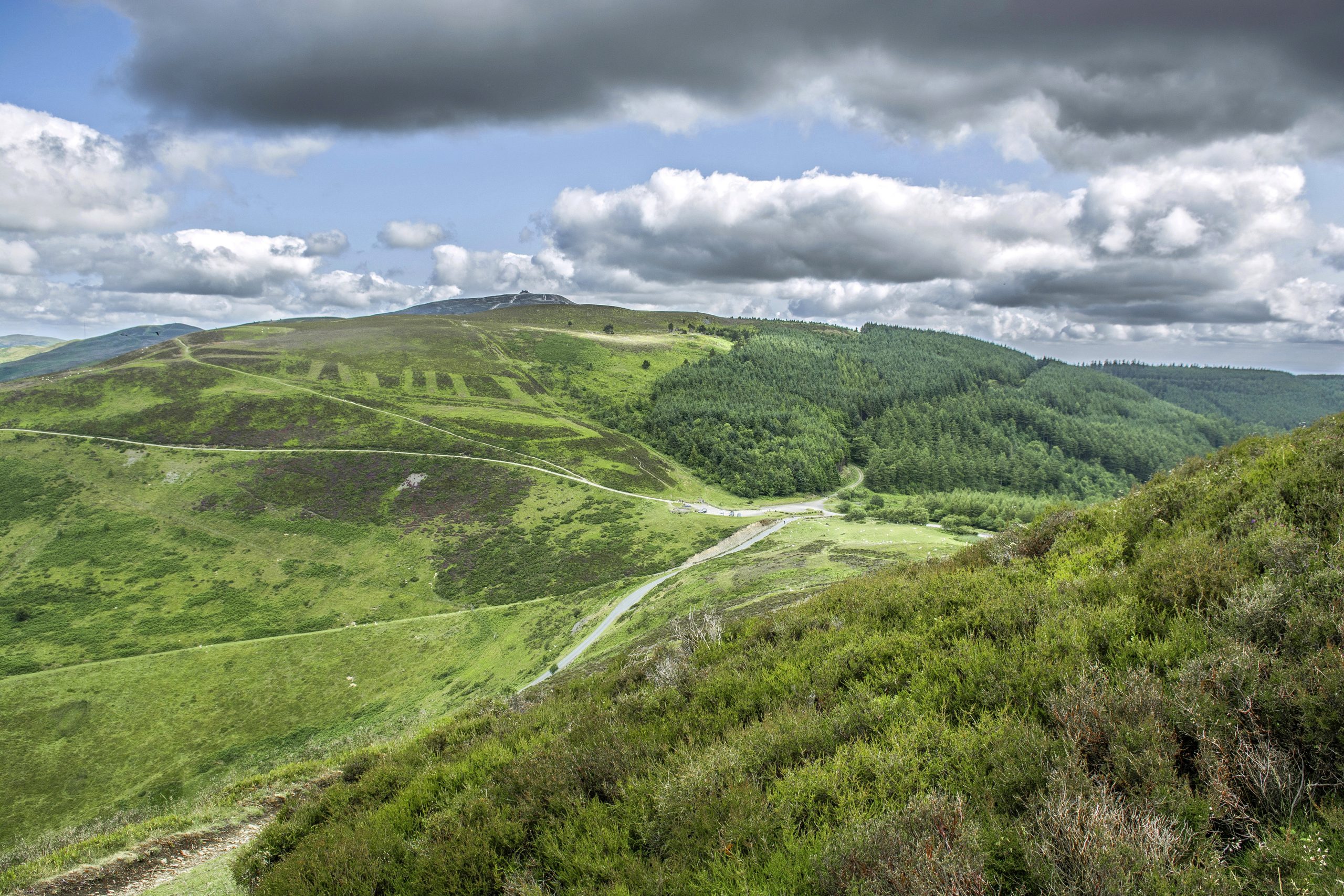Mining and Milling
Nowadays it’s hard to imagine that this peaceful valley was once industrial, with water wheels, tunnels, tramways, water channels and numerous spoil heaps. But there is a long history of lead mining in the area.
It probably continued on a small scale during the medieval and Tudor periods but gathered momentum in the 18th century when rich deposits of lead ore were rediscovered.
Did You Know?
The very name Loggerheads derives from a bitter mining dispute of this time. You can still see a plaque above the boundary stone on the A494 erected following the resolution of a quarrel between the Grosvenor family, who owned the mineral rights in the parish of Llanferres, and the Lords of Mold, who owned those in Mold parish.
The dispute dragged on for many years before it was eventually decided in favour of the Lords of Mold. The area has been known as Loggerheads ever since.
Many spoil heaps still remain hidden beneath vegetation although no mining machinery is left in place. The most visible structure is a stone wheel-pit near the wooden bridge in Loggerheads. This used to house a 40 feet diameter water wheel.
Water was used to power several mills on the River Alyn including the restored Pentre Mill next to the tea gardens, which dates from at least the late 18th century. The mill originally ground corn but became a sawmill in the late 19th century. A dynamo was added in the 1920s to generate electricity for local homes.
The flow of the River Alyn, which runs the length of the park, is very variable. In times of low rainfall the water famously disappears into natural swallow holes in the limestone of the river bed and flows into an underground cave system just north of Loggerheads.
The popular Leete Path follows the route of an old mining “leat” or water course that originally conducted water from the River Alyn to a water wheel three miles away which powered machinery to drain the local mines.
Related
Enjoying the AONB
[loggerheads-opening]

